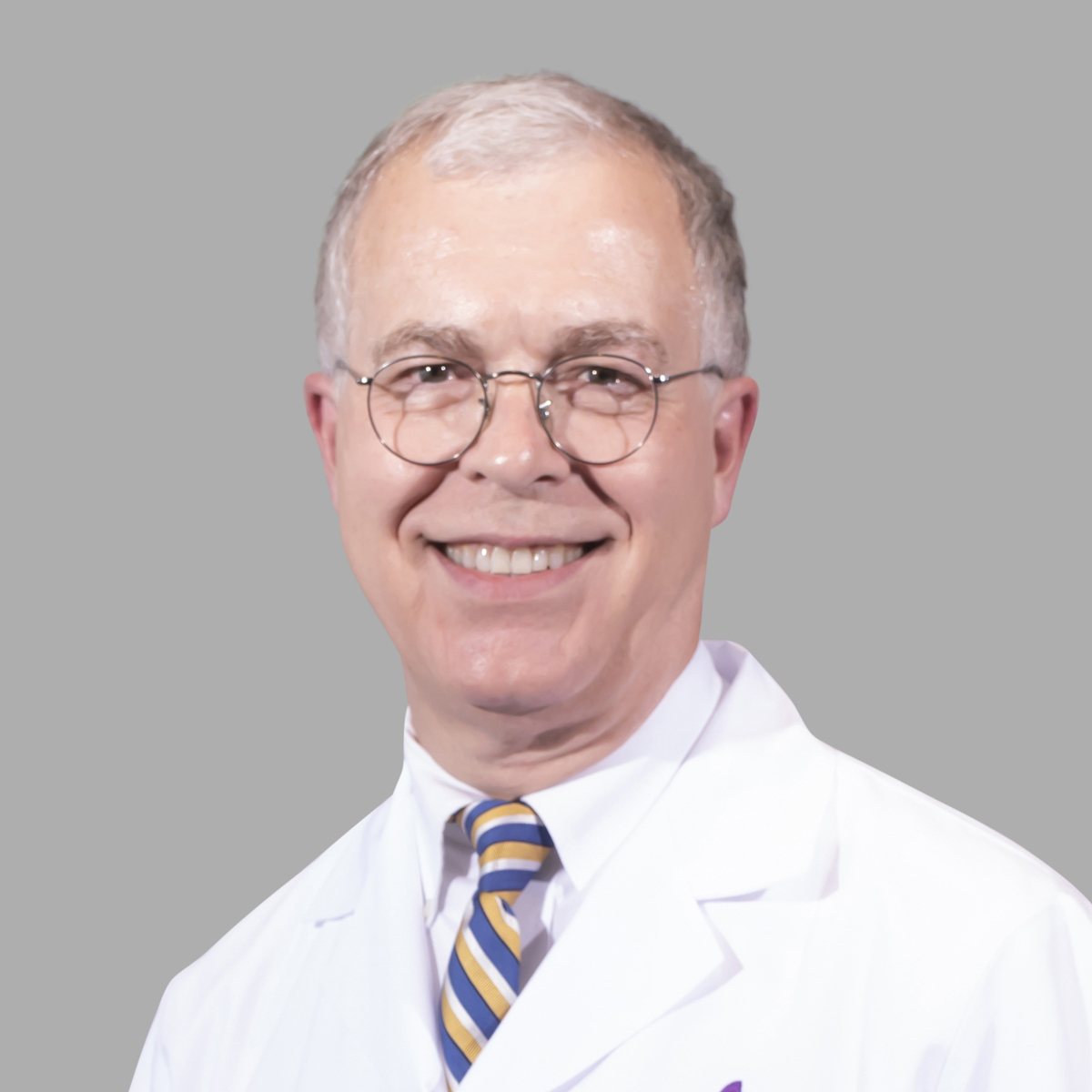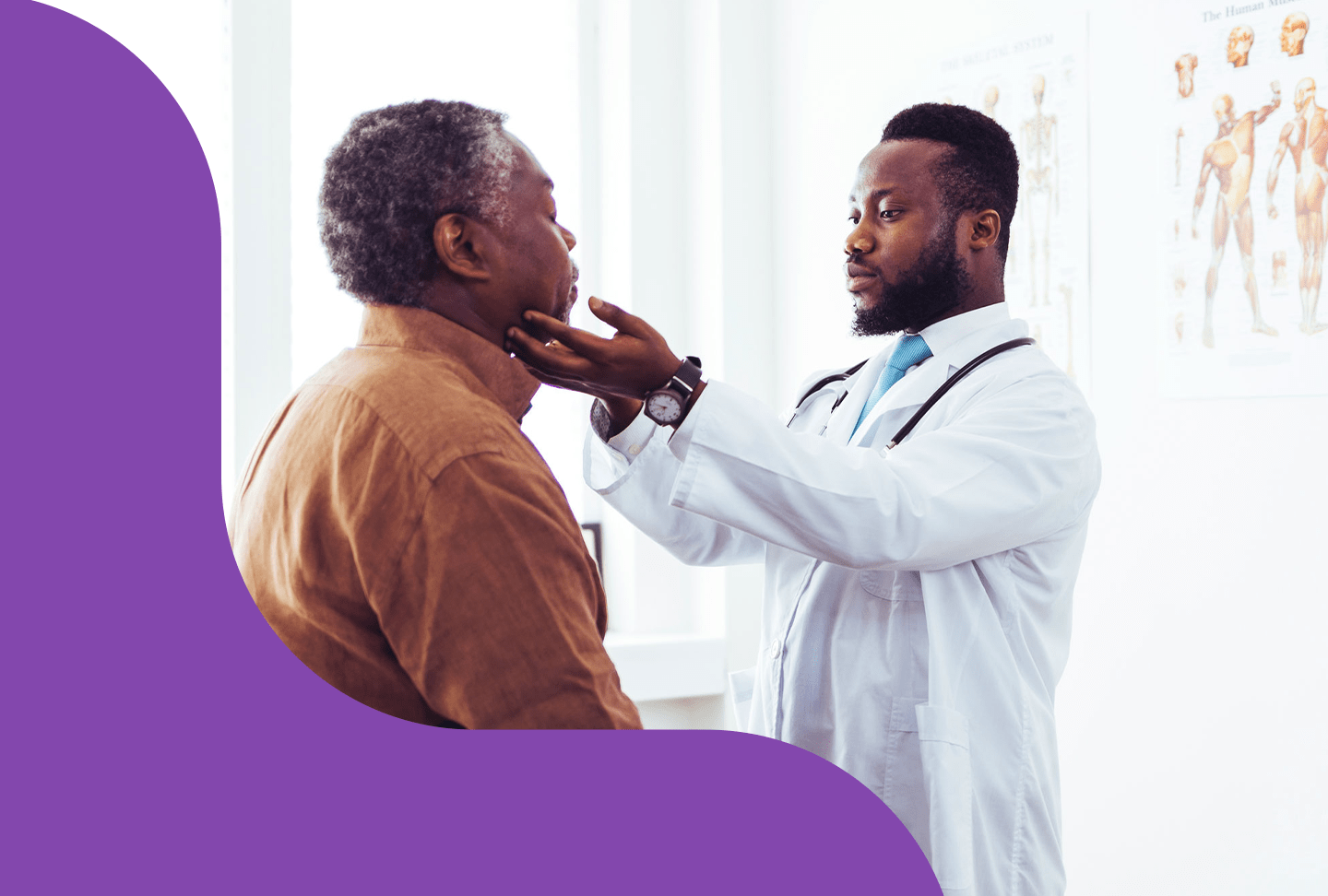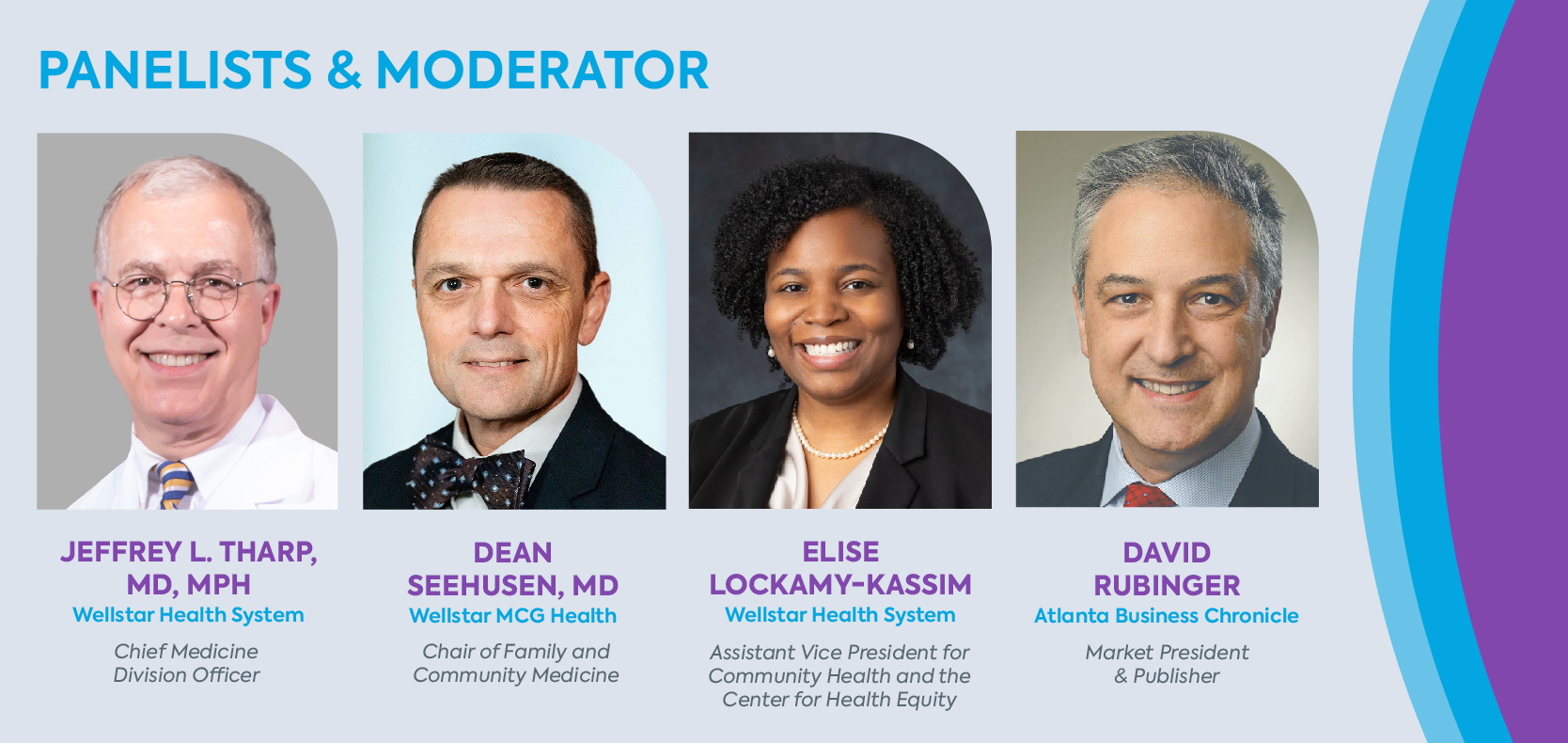What started as a research study has grown into a systemwide commitment at Wellstar to improve access to mental and emotional healthcare. By embedding licensed mental health practitioners in the primary care settings, Wellstar is making it easier for patients to receive behavioral health services alongside their routine medical care.
Today, licensed clinical social workers (LCSW) work alongside primary care providers and pediatricians in more than a dozen Wellstar practices. And there are plans to grow that number.
“With social workers just steps away from an exam room, primary care physicians can make ‘warm handoffs’ for immediate behavioral health support,” said
Dr. Jeffrey Tharp,
chief medicine division officer for Wellstar.
“It helps lower barriers to mental health and substance use disorder treatment. And it removes some of the stigma some people associate with mental healthcare.”
Dr. Sophie Arkin,
a psychologist in Wellstar’s Suicide Prevention department, said, “This is a great way to reach people who might otherwise fall through the cracks. It gives them a real opportunity to live a different life.”
Primary care clinicians connect adults to behavioral health specialists
Nearly 10 years ago, Wellstar was one of several health systems nationally that participated in a study of the effects of placing behavioral health clinicians in primary care.
The need is significant. Mental illness and substance use disorders are prevalent throughout the U.S. According to the
2024 State of Mental Health in America
report, 22.5% of adults in Georgia had a mental illness in the past year. The report also said that 17% had a substance use disorder.
Primary care physicians at Wellstar routinely screen patients for depression, suicidal thoughts and alcohol or drug use. In other cases, they learn from conversations that patients may have:
- Anxiety or panic disorders
- Sleep disturbances
- Stress related to work, family life or finances
- Grief or unresolved trauma
Introducing the behavioral health clinician
When behavioral concerns emerge, the primary care team introduces the on-site clinical social worker. This specialist conducts an in-depth assessment to determine the next best steps for the patient. This is typically a short-term series of sessions that may lead to referrals to psychiatrists, psychologists or Wellstar’s suicide prevention team.
“One of the biggest strengths of this model is credibility,” Dr. Tharp said. “If a physician or nurse practitioner you trust says, ‘We have a counselor here I’d like you to meet,’ the patient is more likely to follow through.”
This model has proven especially effective for patients who are less likely to seek mental health support, such as men, seniors and caregivers.
Where primary and behavioral health cross paths
People with chronic conditions like diabetes, digestive disorders and kidney disease sometimes have or develop mental health conditions like depression and anxiety. As a result, patients may find it harder to:
- Get the follow-up testing and care they need
- Follow nutrition and exercise instructions
- Take medications according to their doctor’s instructions
Not treating behavioral health issues can contribute to patients’ worsening physical health and higher medical costs.
Conversely, many patients may go to their primary care physician because they’re having trouble breathing, their heart is pounding or they have frequent headaches. Or they’re sweating or feel faint, dizzy or nauseated.
Those can be signs of a medical problem. They can also be symptoms of an emotional or mental health issue. In that case, a behavioral health clinician is around the office corner.
“We know that stress and anxiety show up in lots of different ways in the body. Understanding that allows people to adopt a new philosophy about how to take care of themselves,” Dr. Arkin said.
Pediatricians screen and refer children for behavioral health
Childhood and adolescence are critical periods in development. Mental health issues can affect a child’s ability to learn, grow and develop healthy relationships both now and as an adult.
Pediatricians routinely screen children for behavioral health concerns. They ask questions about social, emotional and behavioral development. Screenings for autism risk begin in early childhood and depression screenings begin at age 12.
At Wellstar KenMar Pediatrics in Marietta and Kennesaw, pediatricians turn to their in-house behavioral health partner,
Dr. Kayla Fitch.
Common reasons to refer include:
- Behavior challenges
- Feeding disorders, such as extreme picky eating
- Mental health issues among children with chronic or acute illnesses
- Requests for attention deficit hyperactivity disorder (ADHD) evaluations
- Severe social or separation anxiety
While under her care, Dr. Fitch screens patients for anxiety and suicide risk.
“One of the things I’m the most passionate about is early anxiety treatment for kids. We can help kids when they’re 4, 5, 6 years old,” Dr. Fitch said. “I teach parents basic concepts around how to expose their children to anxiety-producing situations to decrease their anxiety.”
She helps children learn “coping strategies, like deep breathing and muscle relaxation. These are things kids can benefit from if we teach them creatively.”
Growing commitment to integrated care
Wellstar’s primary care model continues to evolve to meet the behavioral health needs of patients throughout their life. Time will bring even more collaboration and improved outcomes.
“It serves everyone—patients, families and doctors—to create these seamless connections between primary and behavioral health practitioners,” Dr. Tharp said. “We see the benefits every single day in our patients’ health and their outlooks.”
Learn more about
behavioral health
at Wellstar.







